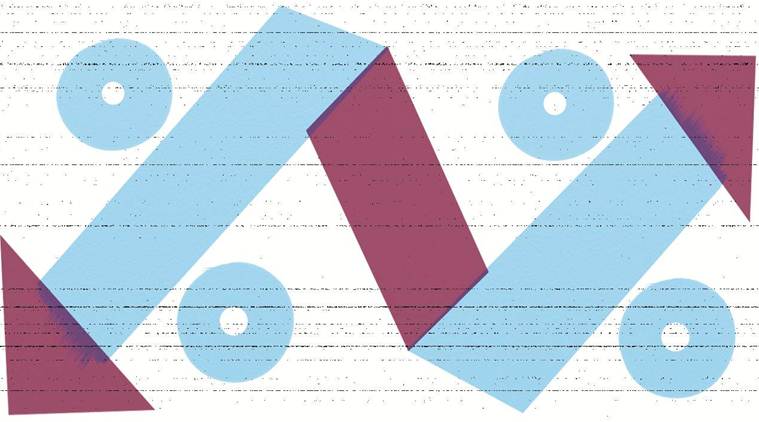A committee set up by the National Statistical Commission (NSC) has estimated the average annual GDP growth during the 10 years of the two successive United Progressive Alliance governments (2004-2014) at 8%, up from 7.5% computed earlier. While this compares favourably with average GDP expansion of 7.4% per year during the four years (FY15-FY18) of the Narendra Modi government, the elevated fiscal deficits and inflation rates during the UPA tenure would have made the high-growth trajectory unsustainable, analysts said.

The Sudipto Mundle panel on real sector statistics came out with back series data on national income for the years prior to 2012-13, with the revised base year 2011-12. When the Modi government announced the new series in 2015 changing the base year from 2004-05, it did not release the new-series data for the period prior to 2011-12.
Under both series, growth under UPA had plunged since FY11. According to the new series, the GDP growth fell from a peak of 10.8% in FY11 to 7% in FY12 and further to 5.5% in the next year.
“Huge fiscal stimulus rolled out after the global financial crisis yielded decent growth but the fiscal expansion stoked high inflation and ultimately led to a slowdown of the economy, especially in the last three years of the UPA tenure,” said NR Bhanumurthy, professor at National Institute of Public Finance and Policy, and head of a sub-group formed by the Mundle panel on linking the old and new GDP series.
After the Modi government assumed office, it took a slew of steps to rein in the fiscal deficit and brought it down from 4.5% in FY14 to 3.5% in FY17. Even as as prolonged investment famine and two successive years of below-par monsoon have hit growth, the government has never really resorted to an expansionary fiscal policy. Also, it institutionalised an inflation-targeting framework under a Monetary Policy Committee, which enabled it to compress the generalised price increases in the economy. “One needs to see beyond just headline GDP numbers to assess whether a particular growth model was sustainable or not,” said DK Joshi, chief economist at Crisil.


